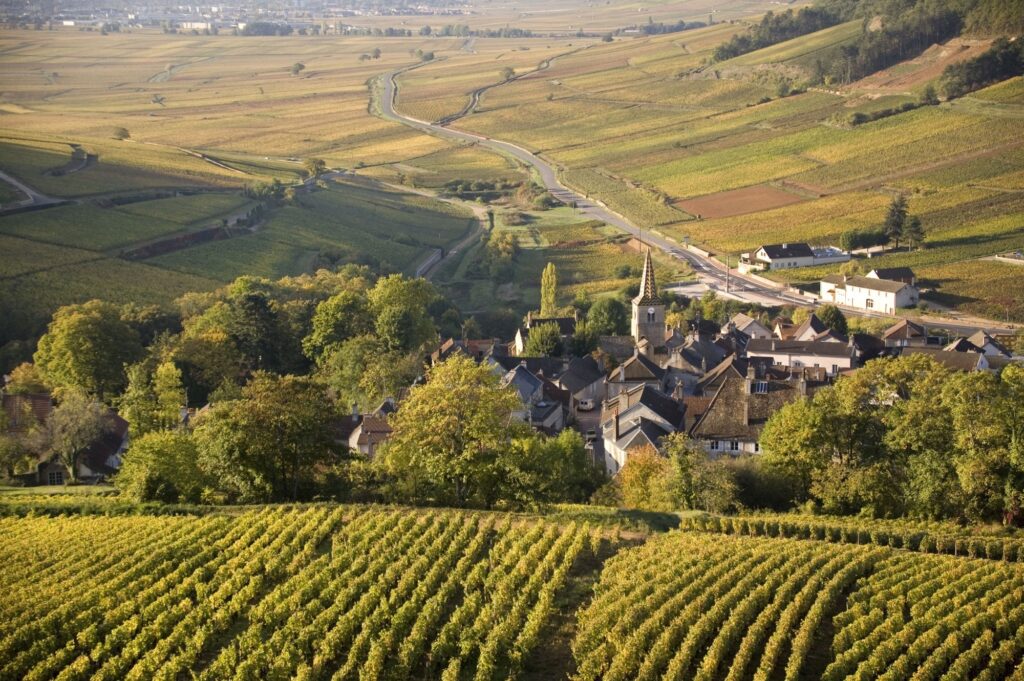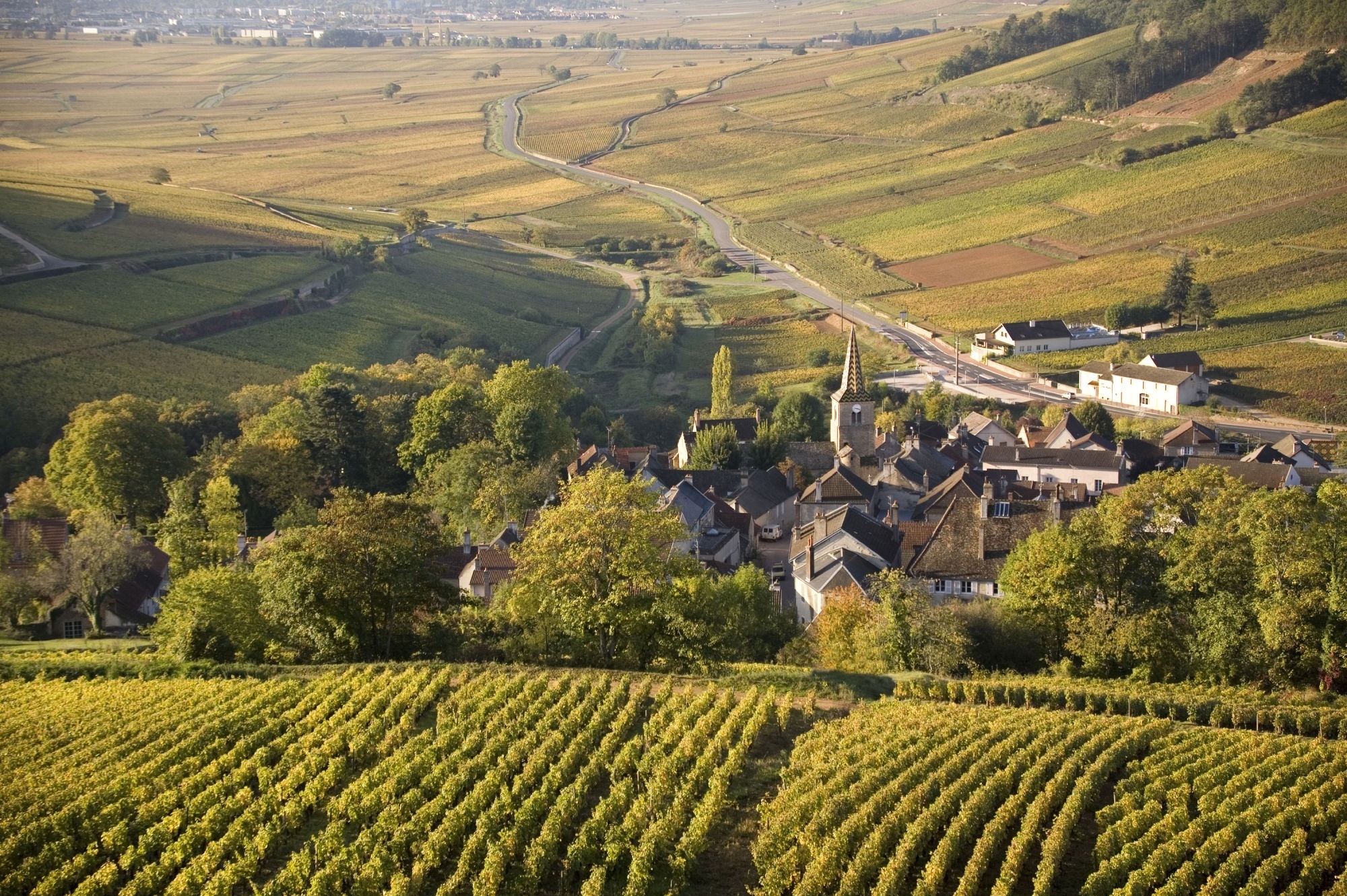
It’s official, the Cité des Climats et vins de Bourgogne will proceed to a staggered opening of its three sites from spring 2023.
The Cité in Mâcon will be the first to open its doors to the general public on March 25, 2023, followed by the Cité in Chablis on April 1, 2023, and then the Cité in Beaune on May 13, 2023.
A NEW TOURISM STRUCTURE DEDICATED TO THE CLIMATS AND WINES OF THE BOURGOGNE REGION
The identity of the Bourgogne region is deeply linked to its tradition of wine production over millennia. The landscape we admire today has been shaped by the demands of the vines and the hard work of local men and women. The monuments and buildings found here are themselves a reflection of a society organized around winegrowing. And now, this part of France, known around the world for the wines it produces, is about to launch a major project, the creation of the Cité des Climats et vins de Bourgogne. Better still, it is creating a whole network of three sites in Beaune, Chablis and Mâcon, key destinations for everyone and anyone seeking to discover and understand the infinite riches of this winegrowing region.
Visitors will discover all the aspects of the world of vines and wines in the Bourgogne winegrowing region, covering a range of themes including history, culture, appellations, and terroir. Although the soul of a winegrowing region can perhaps only really be captured in the atmosphere of a cellar or a stroll in the vines in the company of a winegrower, modern, vibrant sites like the Cité des Climats et vins de Bourgogne network are fully responding to the new demands of cultural tourism.
A REAL CULTURAL AMBITION
The Cité des Climats et vins de Bourgogne will showcase winegrowing history, culture, and heritage, but it will also shine a spotlight on the great diversity and richness of Bourgogne wines. Moreover, the Cité des Climats et vins de Bourgogne will also promote the inscription of the Climats of the Bourgogne winegrowing region on the UNESCO World Heritage List.
PROMOTING WINEGROWING HISTORY, CULTURE, AND HERITAGE
The Cité des Climats et vins de Bourgogne will promote Bourgogne wine and the region which produces it. Visitors will learn about the work in the vines, the art of vinification, the patchwork of terroirs, the Climats, the varietals, and the notion of the Climat, which is the cornerstone of our winegrowing model. But they will also discover how all this came about. In terms of history, our winegrowing region has very deep roots. We can offer the world much more than prestigious wines. We have a history, a culture, and a heritage to share, along with a hugely diverse range of wines that deserves to be showcased in all its richness and subtlety. With the Cité des Climats et vins de Bourgogne, visitors will find three places to discover: Beaune, the undisputed capital of Bourgogne wines; Chablis, the region’s most northerly gateway; and Mâcon, its most southerly one. These three sites will showcase three territories, each with very specific characteristics in terms of winegrowing, of course, but also in terms of historical heritage and landscape.
The Cité des Climats et vins de Bourgogne will thus provide a compete and global approach to understanding the Bourgogne winegrowing region, through fun and contemporary educational tools destined for all audience, from keen amateur to enlightened connoisseur.
PROMOTING THE INSCRIPTION OF THE CLIMATS ON THE UNESCO WORLD HERITAGE LIST
On 4 July 2015, the Climats of the Bourgogne winegrowing region were inscribed on the UNESCO World Heritage List. To achieve this honor, candidate sites must demonstrate their “exceptional universal value”, in other words, a cultural importance that goes beyond frontiers and generations, and deserves to be recognized on a global scale. UNESCO has recognized the exceptional universal value of the Climats for their unique cultural landscape that has been shaped by people over 2,000 years, its model of terroir viticulture, and its legacy of an exceptional architectural heritage linked to vine cultivation and the economy it creates. The listed perimeter covers nearly 60km, and includes more than 140 towns and villages on the Côte de Nuits and Côte de Beaune.
This is why the Cité des Climats et vins de Bourgogne will help promote this inscription by hosting the central Centre for Understanding the UNESCO World Heritage Climats of Bourgogne.










